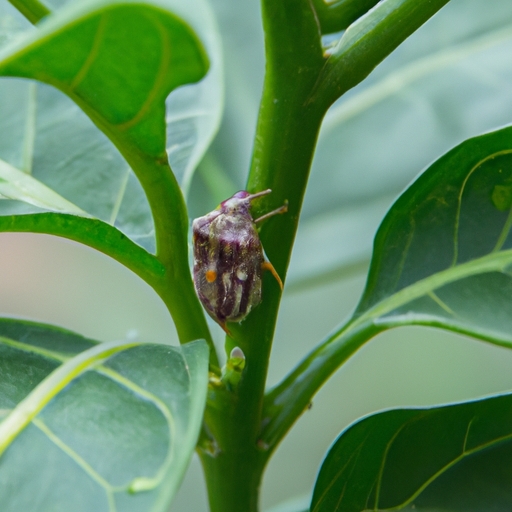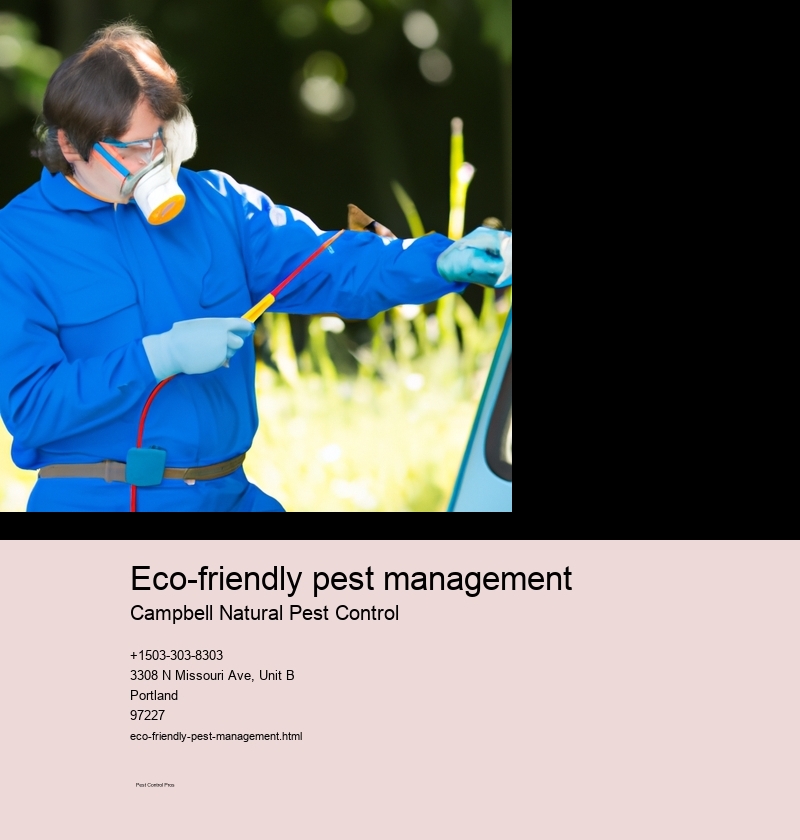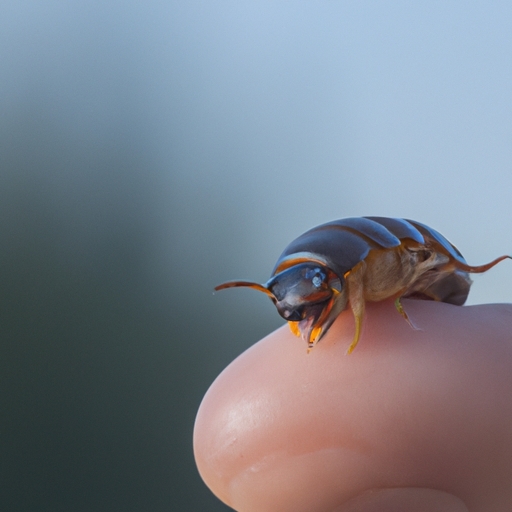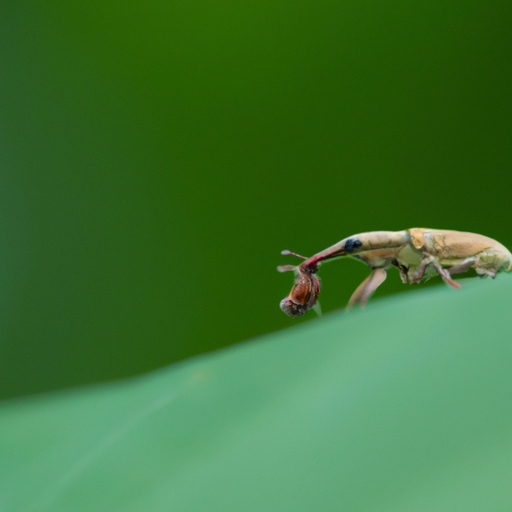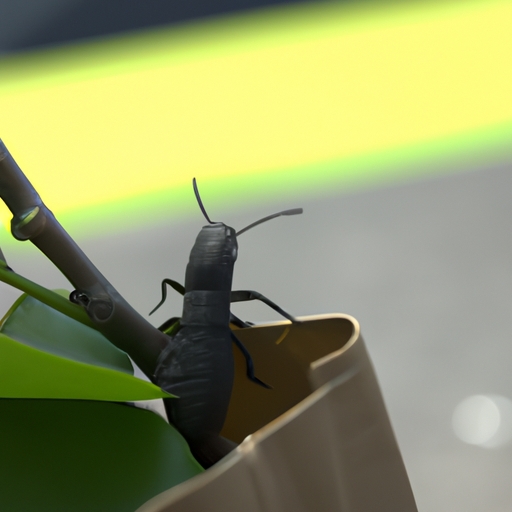eco-friendly pest management
Introduction
Eco-friendly pest management is becoming increasingly important, as it helps to protect our environment and health! This type of pest control involves the use of non-toxic methods to combat pests, such as organic pesticides and natural traps. Not only does this kind of pest management reduce the risk of pesticide poisoning but it also eliminates dangerous chemical residue in homes and gardens. The benefits of eco-friendly pest management are numerous.
First, it reduces the amount of toxic chemicals used to get rid of pests. Natural or organic products can be scattered around a property without causing any harm to people living there or visiting the premises. This means that homeowners can safely enjoy their outdoor space without having too worry about potential contamination from harmful chemicals. Furthermore, these products won't contaminate water supplies or the soil, which is an added bonus for nature lovers!
Furthermore, eco-friendly techniques often prove more cost effective than traditional methods due to their long-term effects on an area's ecosystem. Using natural solutions rather than harsh chemicals can help maintain a healthy balance between humans and nasties as well as increase biodiversity by encouraging beneficial insects like bees and ladybugs into an area. Additionally, eco-friendly treatments require less labor costs because they don't need to be applied as frequently as artificial substances do!
Lastly, using green practices helps create a healthier home environment for people with allergies or asthma. Traditional pesticides contain volatile organic compounds (VOCs) which can exacerbate existing respiratory conditions when inhaled over time - something you don't have to worry about with eco-friendly alternatives! Plus, some natural sprays even work better than chemical ones against certain species of bugs so you can wave goodbye to pesky intruders without sacrificing your overall wellbeing!
In conclusion, it's clear that there are many great benefits associated with choosing eco-friendly pest control methods over harsher chemical solutions. From reducing VOCs in the air inside your house, helping preserve our planet's precious resources to keeping financial costs low - going green really pays off in more ways than one!
